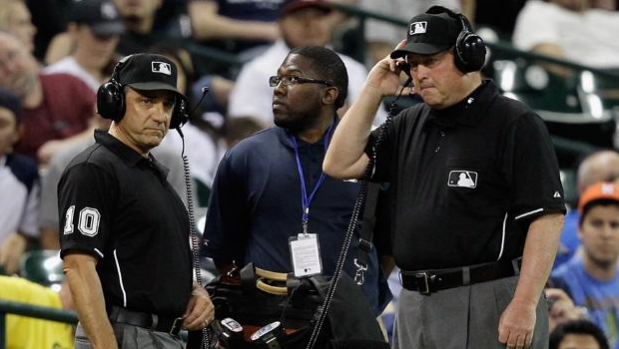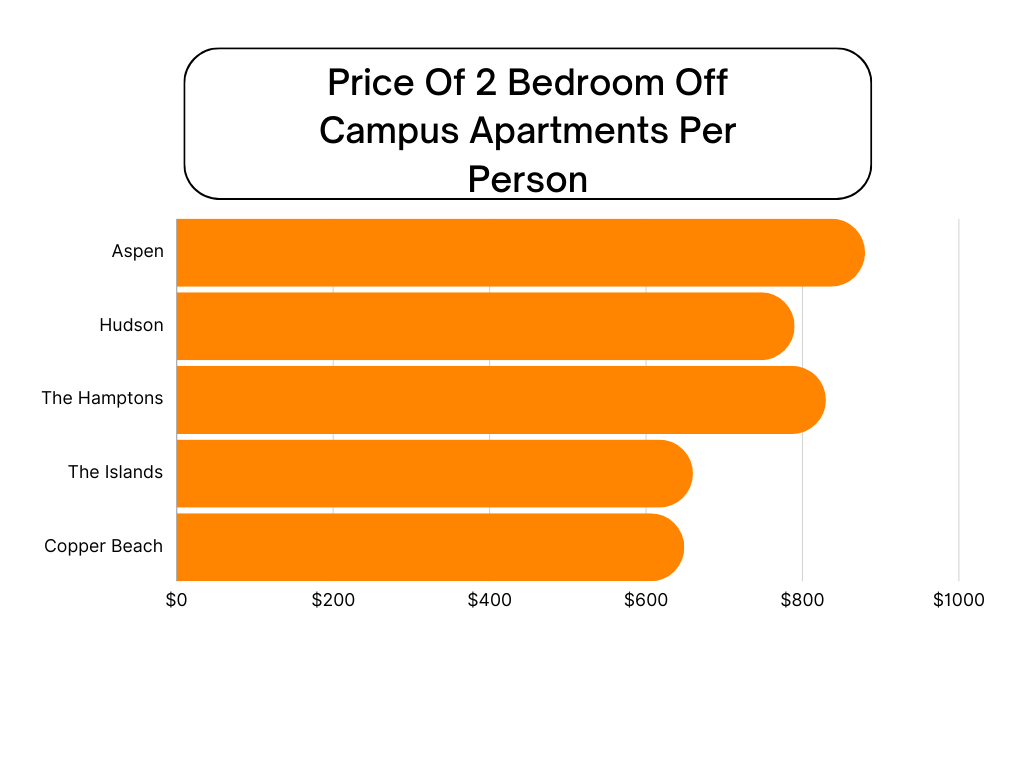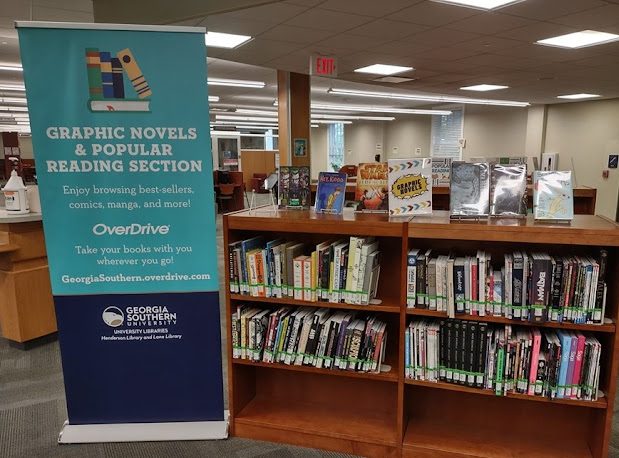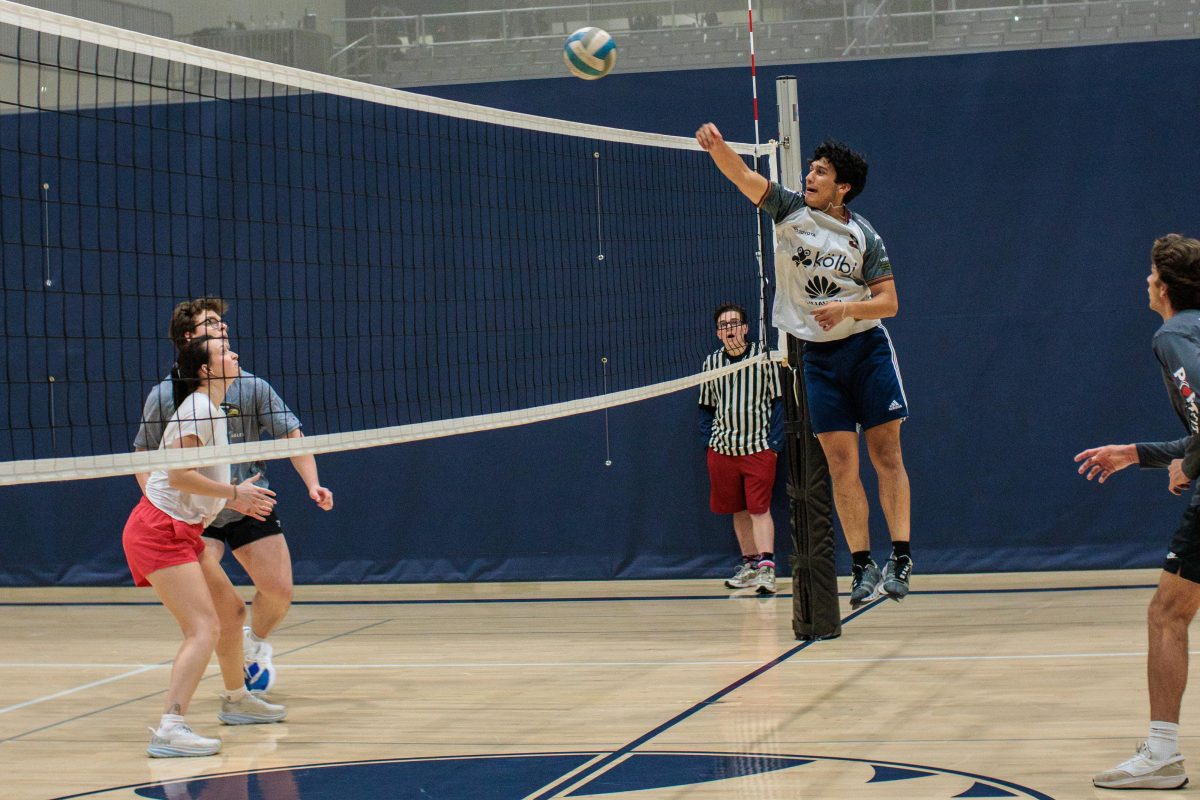John Keen

Change; the six-letter word that sends shivers down the spine of any baseball purist. A game that has remained relatively unchanged in over a century’s worth of play is in the works of instituting major rule changes that could help speed up pace-of-play.
Starting with the implementation of instant replay in 2008 and the expansion of replay in 2014 to allow for one manager challenge per game, MLB has been tweaking its rules and traditions ever since.
However, an unintended consequence of replay was lengthening game time.
The new proposed “pace of action“ rules, as MLB commissioner Rob Manfred calls them, (more generally referred to as pace-of-play) are intended to help speed the game back up.
In a statement released by MLB earlier this month, minor league baseball teams in the Arizona Fall League (AFL) and the Gulf Coast League (GCL) will start extra-inning play with a runner on second base.
This rule reflects the already instituted policy of international baseball (rules that will be a part of this year’s World Baseball Classic starting March 6) of starting a runner in scoring position for games headed to extra innings.
“It’s not fun to watch when you go through your whole pitching staff and wind up bringing a utility infielder in to pitch. As much as it’s nice to talk about being at an 18-inning game, it takes time,” Joe Torre, former manager and current chief baseball officer told SI.com.
The AFL is no stranger to experimenting with pace-of-play rule changes.
In 2014, the league instituted six new rules in an effort to speed up games: a 20-second clock was added between pitches; batters must keep one foot in the batter’s box at all times; intentional walks are to be issued with no pitches; a two minute 30-second clock between innings was installed; a maximum of two minute 30-seconds for pitching changes and a three “time out” limit per game.
While most of these rules are not being looked into by commissioner Manfred, AFL game times dropped on average from just under three hours per game to two and a half hours per game.
Along with starting out runners on second base in extra-inning games, MLB is also looking into raising its strike zone by two inches, and changing its rule on intentional walks that would eliminate the need to throw four pitches.
The reasoning behind these ideas, while both grounded in increasing pace-of-play, could render different consequences.
Moving the strike zone up two inches would likely increase the amount of pitches put in play and signaling an intentional walk instead of going through the motions of throwing four unnecessary pitches, would help move an inning along quicker.
In an interview with ESPN.com, Mets second baseman Neil Walker liked the idea of raising the strike zone.
“I think if you ask hitters, most of the complaints they would have would be about low strikes,” Walker said. “They’re probably the hardest to call for umpires, and catchers have gotten so good at presenting them.”








